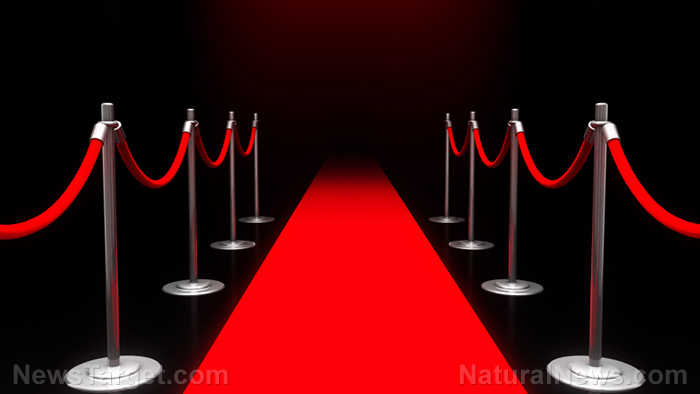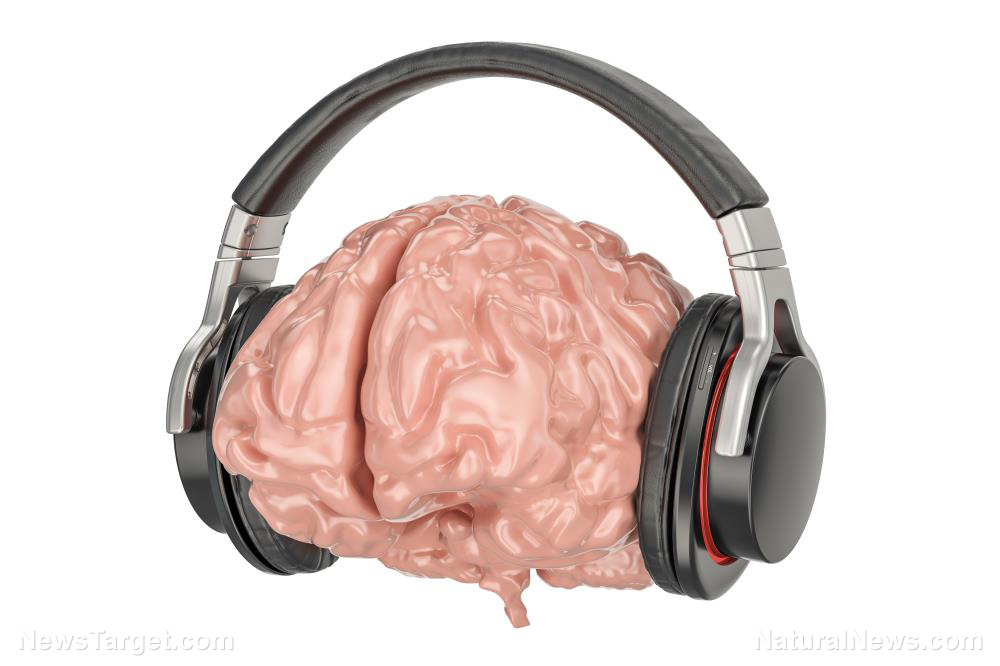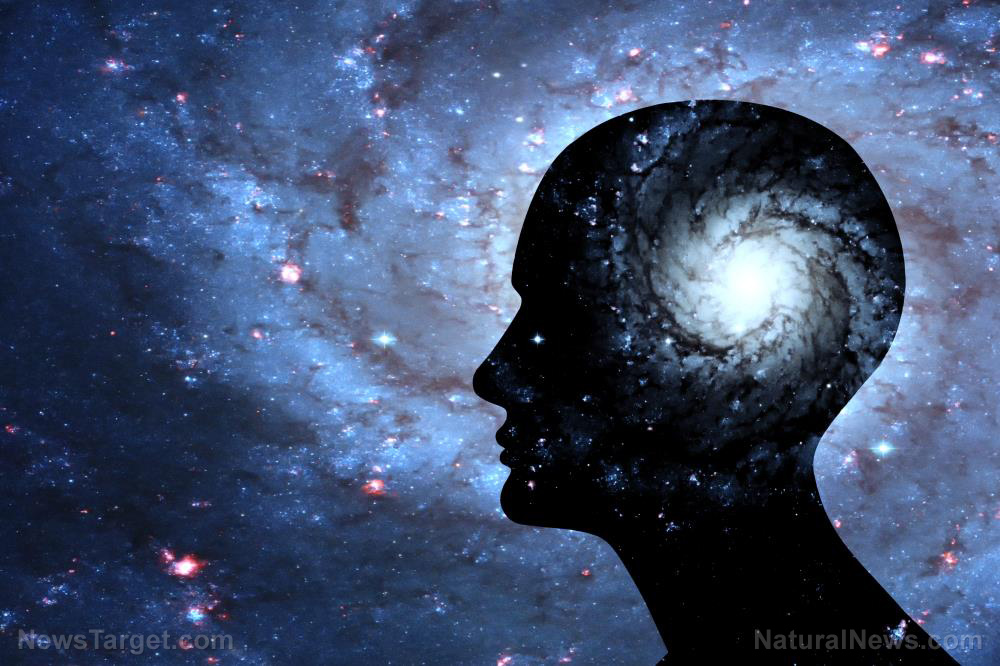
In a study done at the University of Melbourne in Australia, "open" people were found to combine visual information with more flexibility, allowing them to literally see more possibilities than most. The study, led by Dr. Anna Antinori, had 123 university students complete a binocular rivalry test, TheNewScientist.com reports. For the test, participants were simultaneously shown a red image and a green image, for two minutes, one image for each eye. While most participants saw the image switch from red and green -- which is the typical response considering the brain can usually only detect one image at a time -- those who had a predominant openness trait saw a patchwork combination of the red and green images, in what is called a"mixed percept". The higher the openness score, the more mixed percept was experienced.
Openness to experience is one of the "big five" personality traits used by psychologists to determine the different facets of one's personality. Among psychologists, it's the most mysterious and understudied of the "big five". It is usually characterized by an active imagination, intellectual curiosity, a flourishing inner life, artistic tendencies, and a sense of adventure and excitement for new things. Those who score high in this personality trait usually live unconventional lifestyles and are more creative than most. Other personality traits include conscientiousness, extraversion, agreeableness, and neuroticism.
“When you present open people with the binocular rivalry dilemma, their brains are able to flexibly engage with less conventional solutions. We believe this is the first empirical evidence that they have different visual experiences to the average individual," Antinori said in TheNewScientist.com.
“When they come up with all these crazy new uses for bricks, it might be because they really perceive the world differently,” she added. The findings also suggested that those with a greater degree of openness were also more visually-aware, having been able to notice a grey square appearing elsewhere on a screen that displayed moving letters.
“It seems that openness alters the filter of consciousness, and we’d like to know how,” she said.
How creative brains are wired
The creative brain has piqued the curiosity of psychologists and scientists for a long time. Some of the most famous studies done on the subject was by legendary psychologist Frank X. Barron, whose research would lay the groundwork for future scientists who would decide to explore the science of creativity. One study, conducted in the 1960's, resulted in findings that are still relevant today.
According to an article on QZ.com, Barron gathered some of the most innovative thinkers of that time, a group that included top writers, architects, scientists, entrepreneurs, and mathematicians. The group spent several days in a former frat house at the Berkeley campus of the University of California -- during which time they were observed and asked to complete detailed tests to evaluate their work and personalities, as well as screen for signs of mental illness and creative thinking.
One of the study's key findings -- which was groundbreaking at the time -- was that intelligence had only a moderate impact on creativity. Instead, creativity can be attributed to many factors: intellectual, moral, motivational, and emotional. The findings led Barron to famously describe highly creative individuals as "both more primitive and more cultured, more destructive and more constructive, occasionally crazier and yet adamantly saner, than the average person."
Later studies by Barron also found that contrary to what their image might present and despite displaying more psychopathological symptoms than most, creatives may be in better mental health, owing to a higher degree of self-awareness and familiarity with all facets of their persona.
Want to read more about brain science? Check out Psychiatry.news.
Sources include:
Please contact us for more information.























